This is a demo store. No orders will be fulfilled.
Specimen Bread Punch - Ade Kiddell
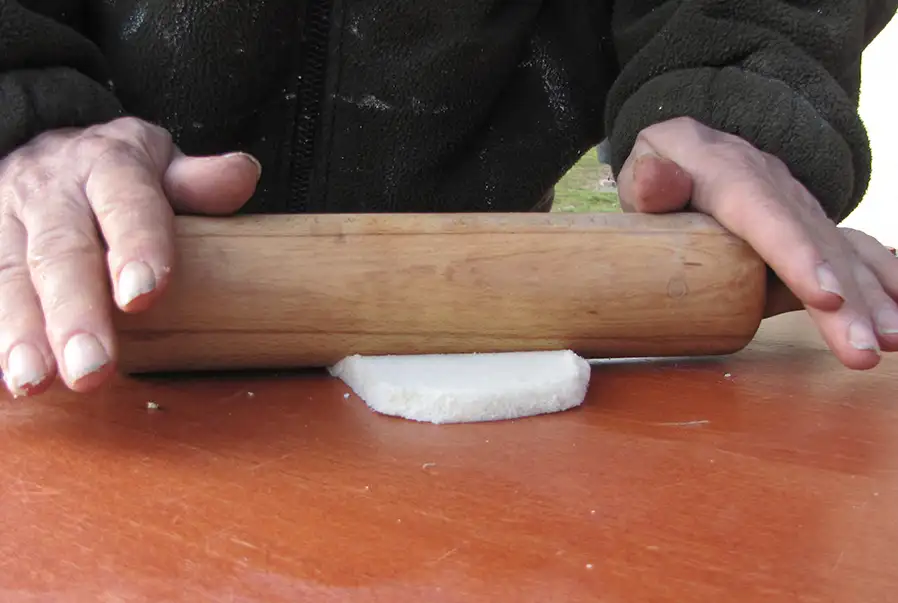
With continued cold conditions lakes often freeze and can be un-fishable for weeks. The good thing is, it has to be much colder and for longer before our rivers freeze over. Whilst some species will be much more difficult to catch there are a few that can be caught even in deepest winter. Two of my favourites are chub and roach. Both species will oblige even on the coldest of days, providing we adopt a suitable method to catch them.
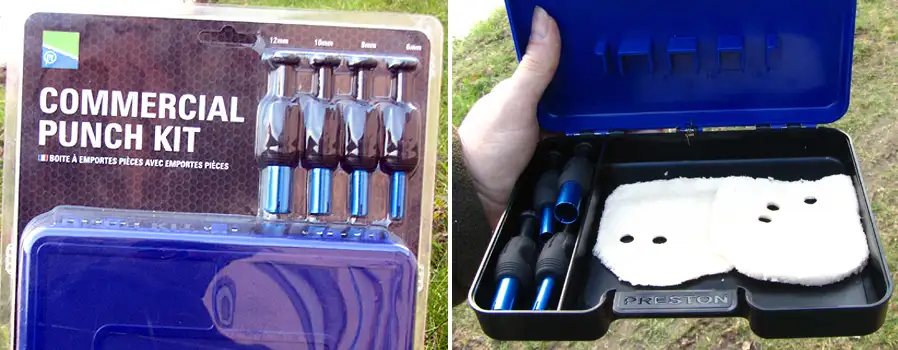
A method I like to use this time of year when the rivers are low, clear and cold, which will account for both chub and roach is, bread punch – but with a twist. I fish it in conjunction with a small feeder and prepare the bread in the kitchen before I fish. For me, one of the problems of using bread is the uncertainty if it’s still on the hook or not. The way I prepare the bread will give you much more confidence that your bait is still in place.
To prepare for a session you will need a couple of medium sliced loaves, basic cheap sliced bread will be fine. You need to liquidise 75% of the bread – simply blitz it in the food processor until you’re left with crumbs. The other 25% needs to be prepared for the hook. To do this, firstly cut off the crusts. Then place one slice in a plastic sandwich bag, fold the top and cook in the microwave for 10-15 seconds. The bag will hold in the moisture and make the bread slightly sticky – adjust the cooking time until you get a slice that feels warm, damp and sticky. Next stage is to remove it from the bag and roll the bread with a heavy rolling pin. A little bit of trial and error with cooking time and rolling pressure will result in the perfect hook bait. Try a few different combinations and see how it goes, but what you want is a thin slice that’s slightly spongy.
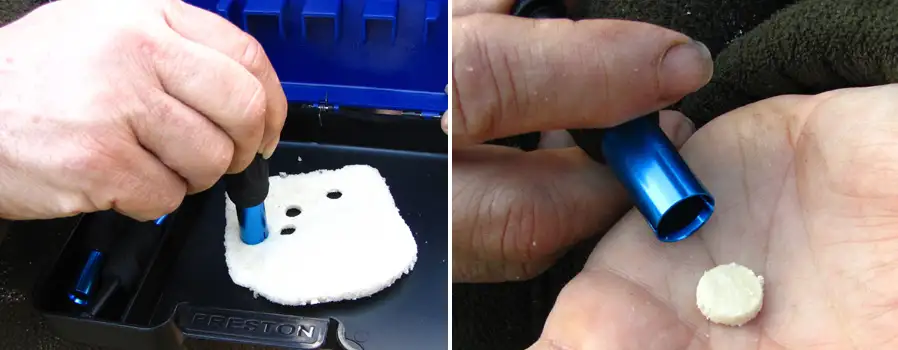
Once prepared, keep the bread in sandwich bags, a few slices in each bag. Keep these airtight and only take out one at a time, as it will dry out quickly if not. To use the hook bait you will need a series of punches to cut various sized discs of bread for the hook. These are commercially available but can also be home made from plastic tubes and things like apple corers.

The way I prefer to fish the bait is with a small open end feeder and a simple running rig. The hook needs to be a round bend, not too fine in the wire with the size to suit the bread disc (which could be anything from 6mm – 25mm, so a hook from size 10 to 20 would be suitable). Don't worry if the hook looks a little big, once the bread disc has been in the water a few seconds it will start to swell and rapidly fill the hook.
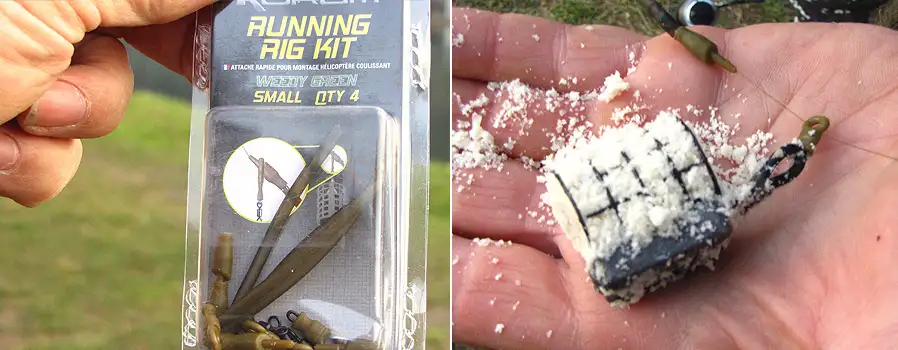
The liquidised bread needs no further preparation for the feeder. The only thing I like to do is add a little hemp; a few grains added as the feeder is filled works well. Take care how much free offerings are fed through the feeder. Bread will quickly overfeed, so only use a very small feeder and, if no bites are forthcoming, then switch to a straight lead for a few casts.
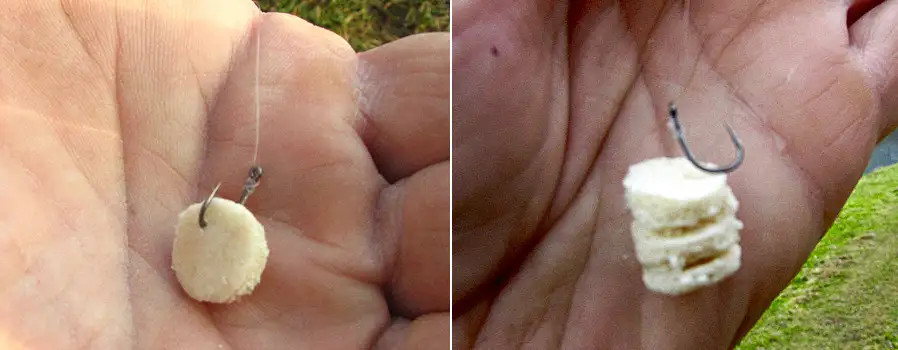
Once you have fished with this method a few times your confidence will grow. The bread will stay on the hook well; it’s even possible to cast several times with the same piece if you wanted. A nice soft quiver tip will register even the finest bites but if the fish move in bites will be confident and result in plenty of well hooked fish. This method is also working well on a lot of commercial carp waters this winter, instead of straight hooking the bread a lot of anglers are hair rigging 2 or 3 discs of bread with some good catches of fish the result.
So, if you favourite river is running low and clear or you fancy a different approach on your favourite commercial, give my method a try. I am 100% sure it will work for you and produce a few fish even on the hardest of days.


